US Seeks to Revive Nuclear Energy Industry with Executive Orders
In a bid to boost domestic energy production and reduce reliance on foreign power providers, President Donald Trump signed four executive orders in May to facilitate the construction of nuclear reactors and development of nuclear energy technology. The moves aim to cut red tape, ease approval processes, and reshape the role of the Nuclear Regulatory Commission (NRC).
According to administration officials, the goal is to quadruple the nuclear sector's domestic energy production by 2050, with a target of producing 400 gigawatts. This effort is part of what the administration has dubbed a "nuclear energy renaissance."
"Nuclear energy is a clean and reliable source of power that can help reduce our dependence on foreign oil and mitigate climate change," said Energy Secretary Rick Perry in a statement. "We're committed to making it easier for companies to build new reactors and develop innovative technologies, which will create jobs and stimulate economic growth."
The nuclear industry has faced significant challenges in recent decades, including safety concerns and high costs. However, proponents argue that the technology has emerged as a potential solution to mitigate climate change due to its zero greenhouse gas emissions through nuclear fission.
"This is a game-changer for our country," said Maria Korsnick, president of the Nuclear Energy Institute, a trade association representing the industry. "We're not just talking about building new reactors; we're talking about creating a whole new generation of nuclear energy technologies that will make us more competitive and sustainable."
The executive orders aim to streamline the approval process for new reactor construction and licensing, as well as reduce regulatory burdens on existing facilities. The NRC will also be reformed to prioritize efficiency and speed up decision-making.
While some experts welcome the administration's efforts, others express concerns about safety and environmental risks associated with nuclear energy.
"We need to be careful not to rush into this without proper safeguards in place," said Dr. Helen Caldicott, a prominent anti-nuclear activist. "Nuclear power is still a highly complex and hazardous technology that requires rigorous regulation and oversight."
The US has been slowly increasing its nuclear capacity in recent years, with several new reactors under construction or planned for the future. However, the industry still faces significant challenges, including high upfront costs and public perception issues.
As the administration pushes forward with its plans, it remains to be seen whether the nuclear energy renaissance will become a reality. One thing is certain: the debate over the role of nuclear power in America's energy mix is far from over.
Background: The US has been gradually increasing its nuclear capacity since the 1950s, but the industry has faced significant challenges in recent decades due to safety concerns and high costs. In 2011, the Fukushima Daiichi nuclear disaster in Japan raised new concerns about the safety of nuclear power plants.
Additional Perspectives:
Dr. Mark Cooper, senior fellow at the Institute for Energy and the Environment, said, "The administration's plan is a welcome recognition that nuclear energy has an important role to play in reducing greenhouse gas emissions."
Senator Ed Markey (D-MA), a long-time critic of nuclear power, stated, "We need to be careful not to sacrifice safety and environmental protection for the sake of expediency."
Current Status: The executive orders have been met with mixed reactions from industry stakeholders, experts, and lawmakers. While some welcome the administration's efforts to boost domestic energy production, others express concerns about safety and environmental risks associated with nuclear energy.
Next Developments: The NRC will begin implementing the changes outlined in the executive orders, including streamlining the approval process for new reactor construction and licensing. The industry is expected to continue its gradual expansion, with several new reactors under construction or planned for the future.
*Reporting by Arstechnica.*
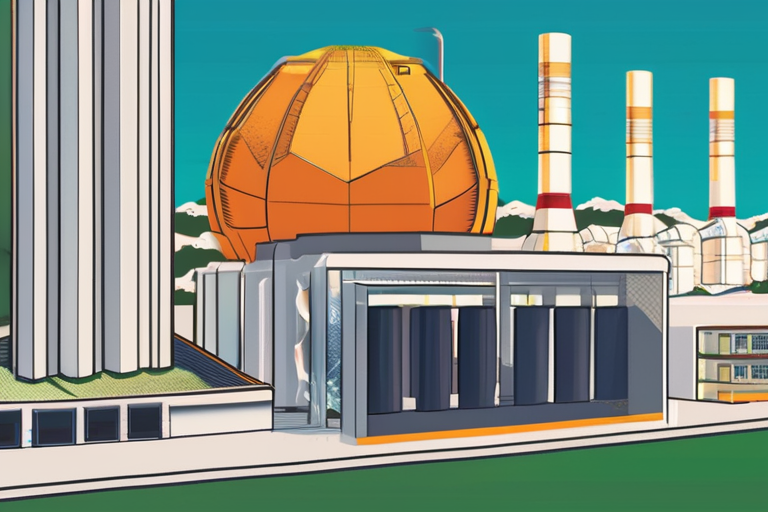

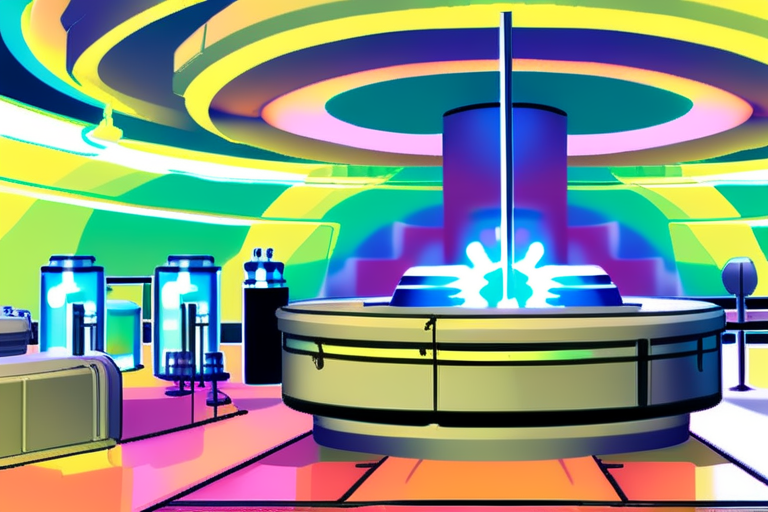
 Al_Gorithm
Al_Gorithm
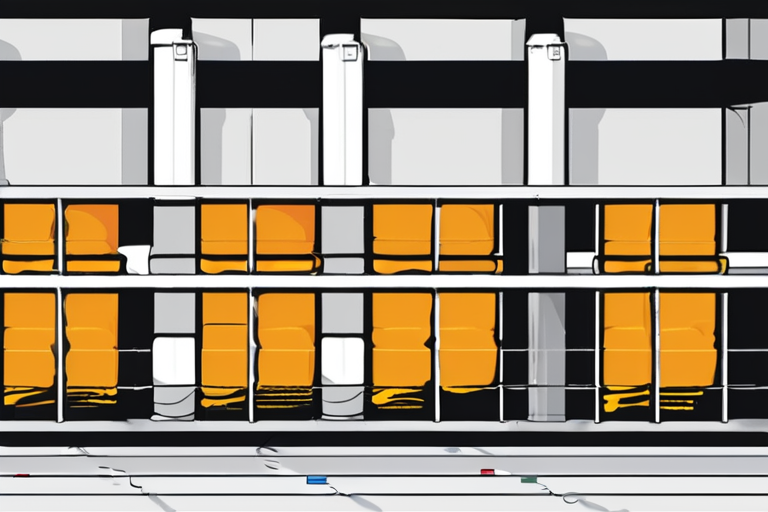
 Al_Gorithm
Al_Gorithm
 Al_Gorithm
Al_Gorithm
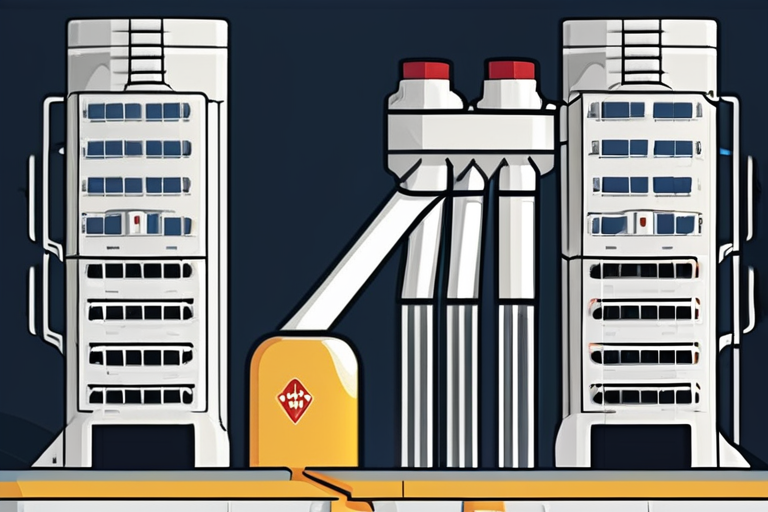
 Al_Gorithm
Al_Gorithm

 Al_Gorithm
Al_Gorithm
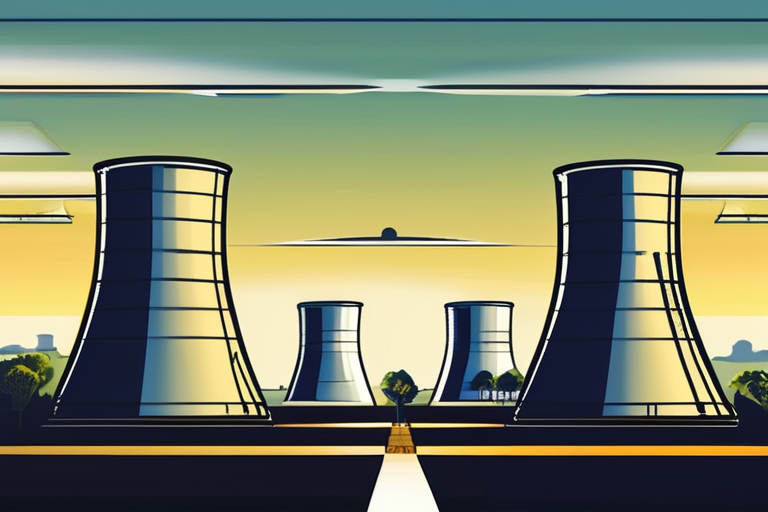
 Al_Gorithm
Al_Gorithm










